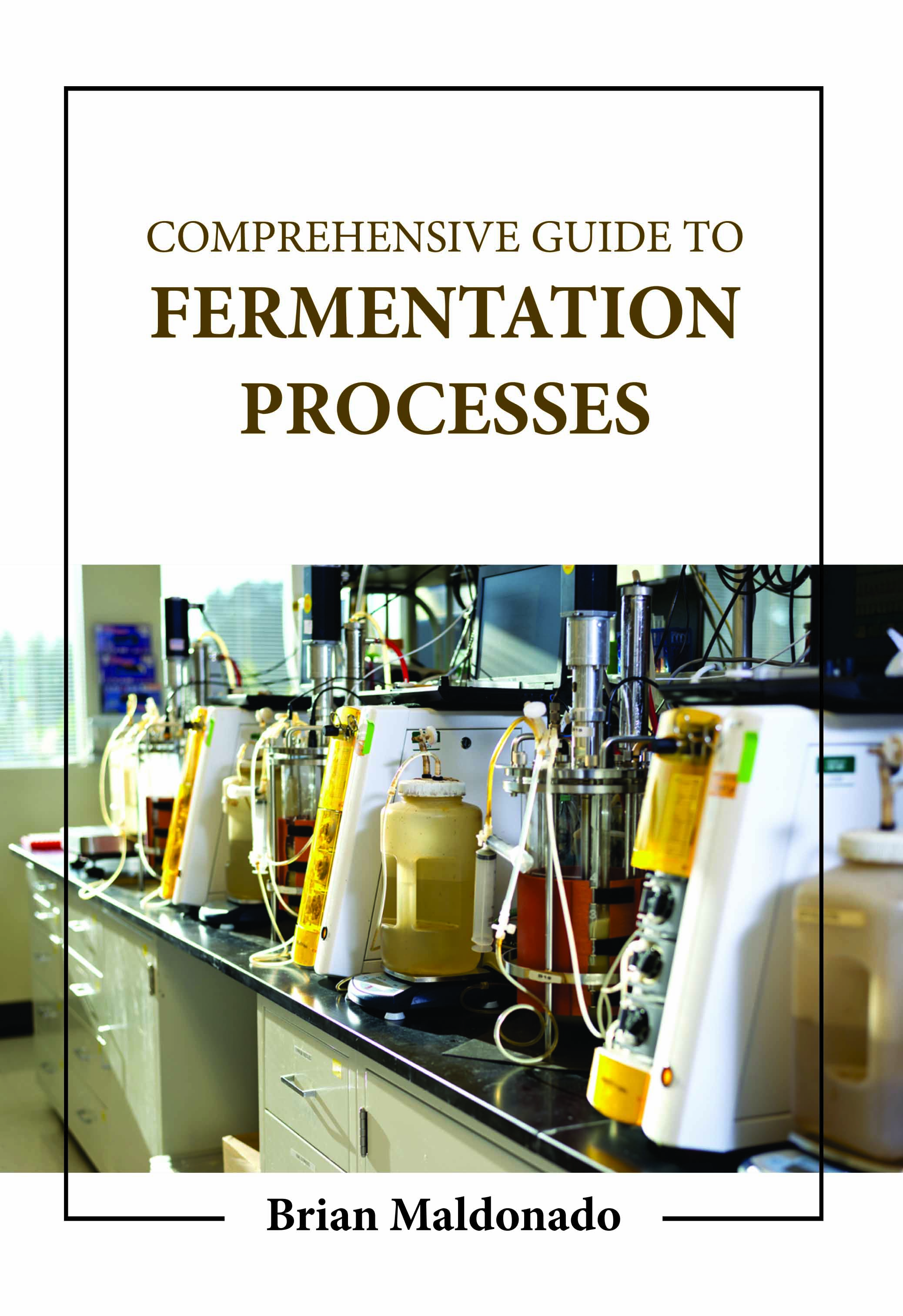
Comprehensive Guide of Fermentation Processes
by Brian Maldonado
| ISBN | 9781806248124 |
|---|---|
| Publisher | Digital Drive Learning |
| Copyright Year | 2026 |
| Price | $260.00 |

by Brian Maldonado
| ISBN | 9781806248124 |
|---|---|
| Publisher | Digital Drive Learning |
| Copyright Year | 2026 |
| Price | $260.00 |
Without oxygen, a metabolic process called fermentation consumes the sugar. Alcohol, gases, or organic acids are the end products. It happens in bacteria and yeast and in oxygen-starved muscle cells, as in the case of lactic acid fermentation. The field of zymology deals with the process of fermentation. Without the need for oxygen, the live cell can obtain energy through the breakdown of glucose and other simple sugar molecules through fermentation. In several species of organisms, fermentation is accomplished by somewhat different chemical sequences. For glucose, two nearly related fermentation pathways prevail. First, muscle tissue fully metabolizes its fuel glucose to water and carbon dioxide when it gets enough oxygen. It's unnecessary to carry out the fermentation process in an anaerobic environment. For instance, yeast cells considerably prefer fermentation to aerobic respiration, even in the presence of sufficient oxygen as long as carbohydrates are readily available for consumption (a phenomenon known as the Crabtree effect). Hops' antibacterial properties also prevent yeast from utilizing its aerobic metabolism. The book's objective is to present an in-depth analysis of fermentation technology's underlying principles and its most recent innovations and improvements, with a particular emphasis on industrial applications.